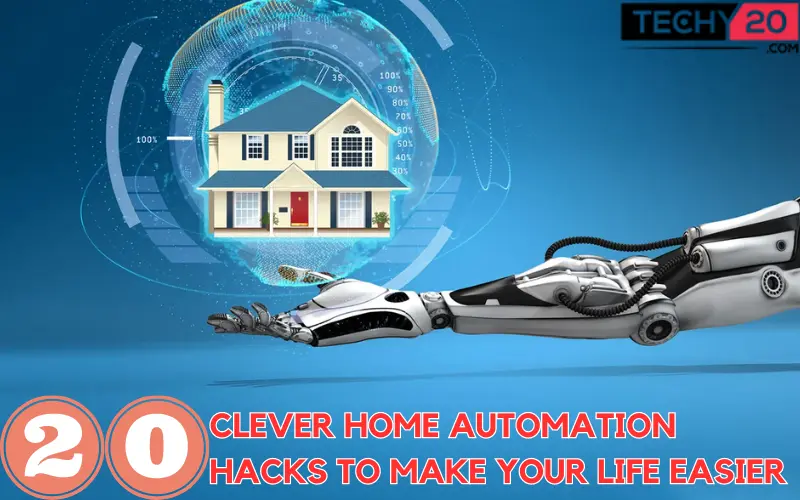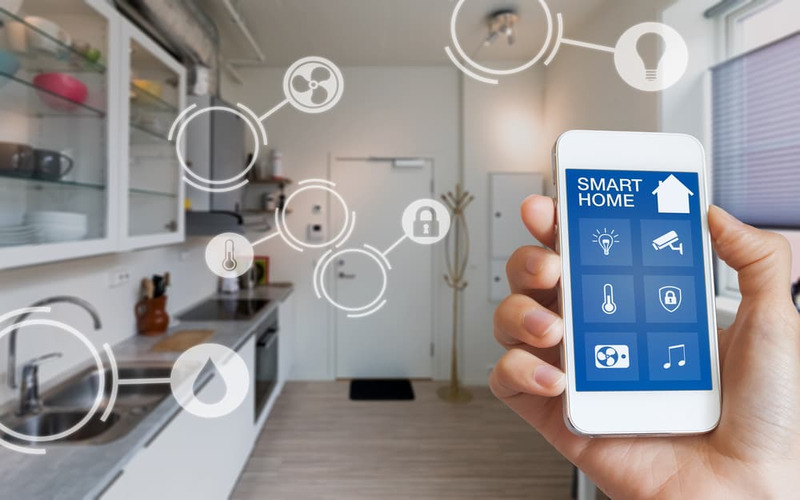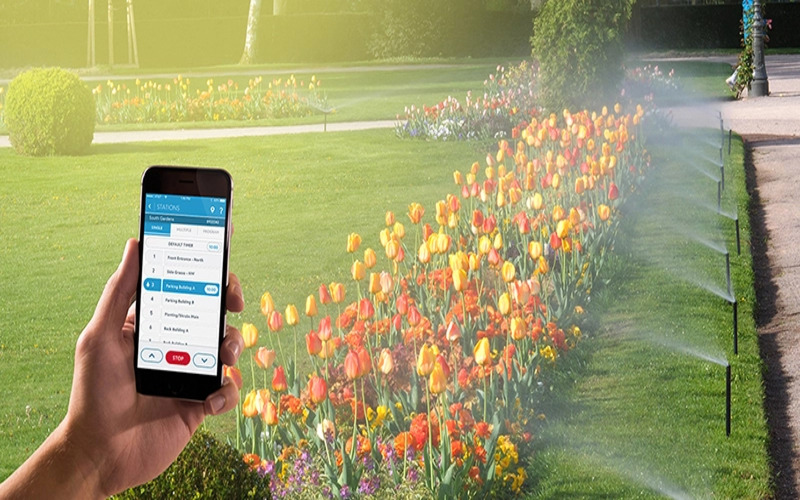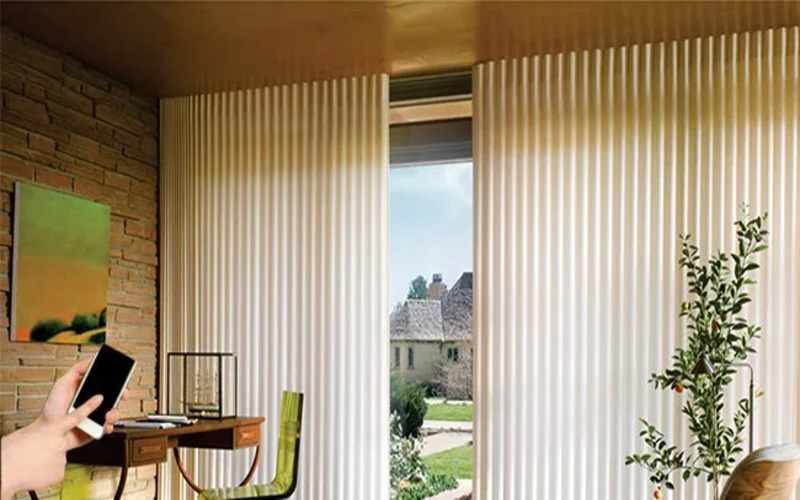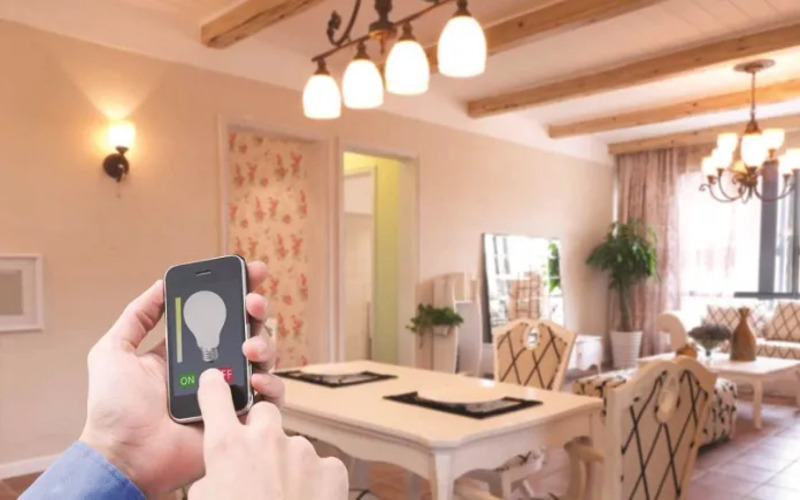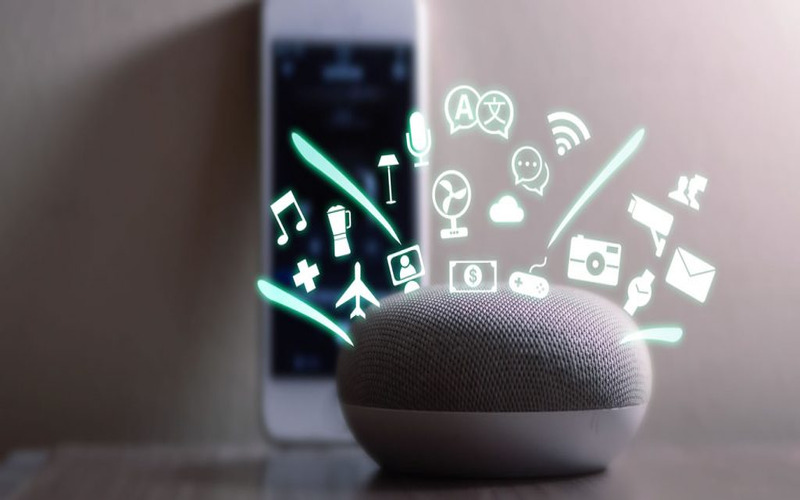Home automation is the practice of automating and controlling various home systems and appliances, such as lighting, ventilation, air conditioning, heating, and security, through the use of technology. A remote control or a network of connected devices that may be operated by voice commands or mobile apps are both examples of home automation technology. Daily tasks may become safer, simpler, and more energy-efficient with home automation. As smart homes become more popular, home automation is becoming more widely available and more reasonably priced, enabling homeowners to reap the benefits of automation in their daily lives.
1. Use Smart Plugs To Control Appliances Remotely: Smart Plugs Can Turn ON/Off Appliances Remotely Using A Smart Phone App Or Voice Commands
You can connect your appliances to little devices called smart plugs by plugging them into an electrical socket. With the help of a Smartphone app or a virtual assistant like Amazon Alexa or Google Home, you can operate your appliances from a distance. You can control the on/off status of your appliances, establish timers or calendars, and even keep tabs on your energy usage using smart plugs. They are a practical and economical method to upgrade the intelligence and energy efficiency of your home automation. By enabling you to remotely turn on and off lights, smart plugs can help improve the security of your house by giving the impression that someone is home even when they are not.
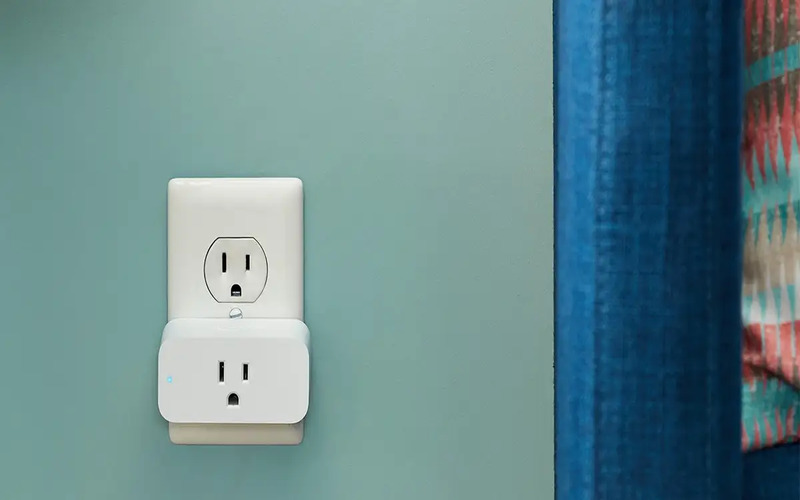
2. Install A Smart Door Lock That Can Be Controlled With Your Smartphone Or Voice Assistant
By installing a smart door lock, you can manage who has access to your house using voice commands or a Smartphone app. You can lock and unlock your doors remotely with a smart door lock, authorize access to visitors or service providers, and get alerts when someone enters or exits your house. Even further security features, such tampers detection and automatic locking, are available on some models. You can get more convenience and peace of mind knowing that your home is always accessible and secure by updating to a smart door lock.
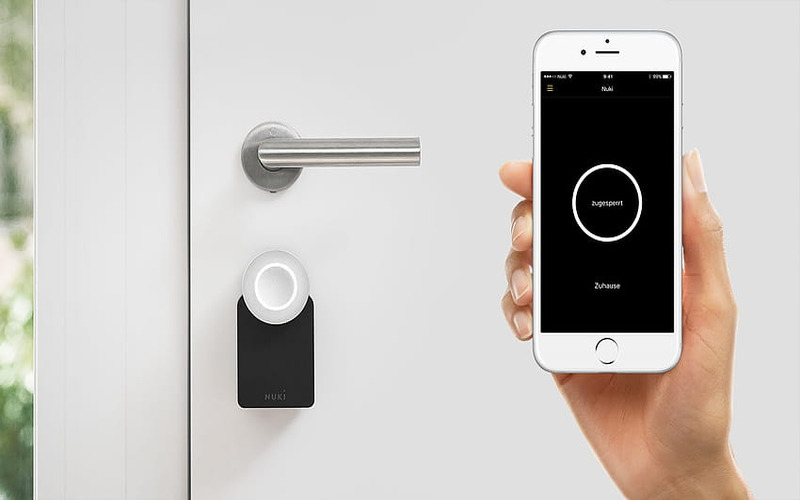
3. Use Motion Sensors For Lighting: Install Motion Sensors In Your Home To Automatically Turn Lights On And Off As You Enter Or Leave A Room
Your home’s lighting system can be automated to switch on and off as you enter or leave a room by installing motion sensors. As a result, you won’t have to stress about forgetting to turn off lights when you leave a room or stumbling about in the dark looking for a light switch. The lights may be set to automatically turn on when you enter the room and switch off once you leave, which can also detect your presence. This not only simplifies your life but can also assist you in conserving energy by making sure that lights are only turned on when they are required.
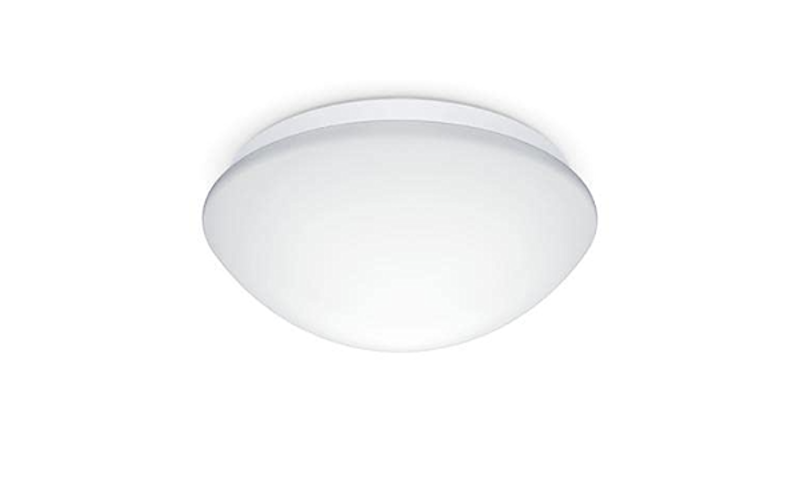
4. Smart Thermostats: Control The Temperature Of Your Home Remotely Using A Smart Thermostat, Which Can Learn Your Schedule And Adjust Accordingly
Wi-Fi enabled smart thermostats provides you the ability to regulate the temperature of your house from a distance using a Smartphone app or voice commands. They learn your preferences for temperature and adjust as necessary using sensors and machine learning algorithms, which can aid in energy conservation and save utility costs. Smart thermostats can also be programmed to change the temperature on their own based on your schedule or other variables, such as the weather. A more complete home automation system can be made by integrating some smart thermostats with other smart home components, such lights or security systems.

5. Automated Blinds: Program Your Blinds To Open And Close At Specific Times Of The Day, Or Control Them Remotely
Automatic blinds are a terrific addition to a smart home since they let you arrange your blinds to open and close based on your schedule or preferences at various times of the day. You can modify your blinds from anywhere with the ability to operate them remotely using a Smartphone app, which adds convenience and security. Using automated blinds to maximize natural light and lessen the need for artificial lighting can also assist to cut down energy expenditures. They are available in a variety of forms, including motorized and smart blinds, and can be seamlessly automated together with other smart home appliances.
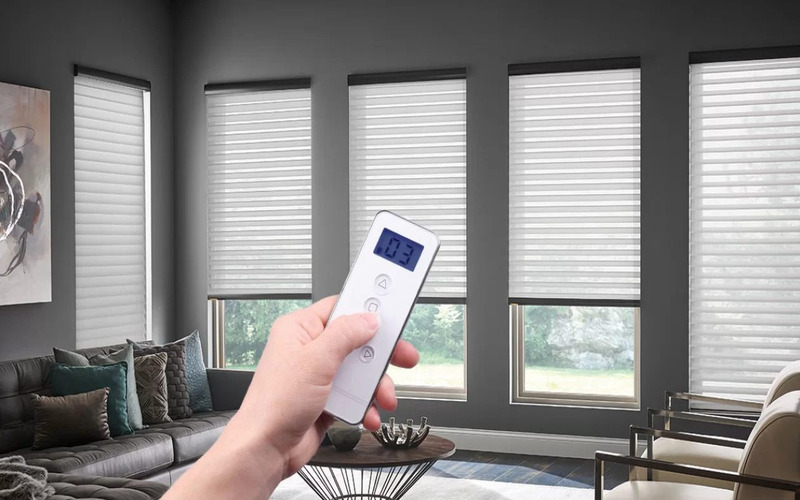
6. Voice-Activated Assistants: Use Voice-Activated Assistants Like Amazon Alexa Or Google Home To Control Your Home Automation Devices
You can use your voice to manage a variety of smart home appliances by integrating speech-activated assistants like Amazon Alexa and Google Home. You can change the thermostat, turn on/off the lights, and even play music or TV shows with only a few basic voice commands. You can set up a series of tasks that can be triggered by a single command by programming voice-activated assistants to establish personalized routines. Especially when you have your hands full or can’t use your phone or other devices, the simplicity of utilizing voice commands to operate your home automation devices can make your daily life simpler and more effective.
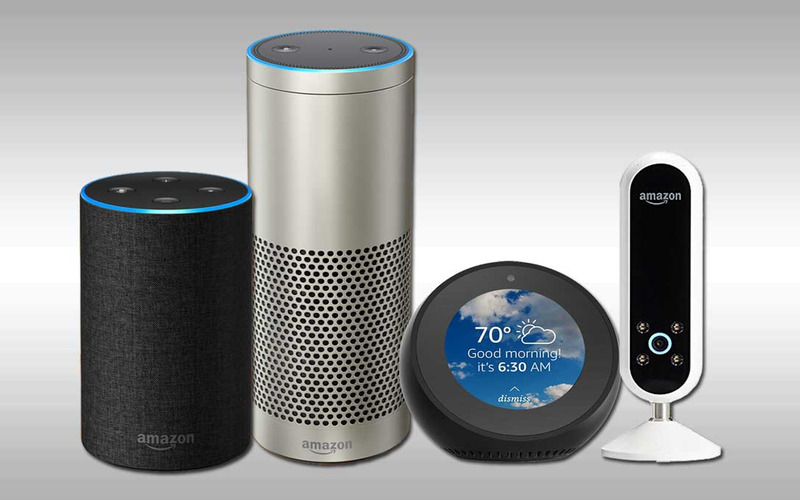
7. Smart Home Security: Install Smart Home Security Systems That Allow You To Monitor Your Home From Anywhere Using Your Smartphone
Smart home security systems use multiple sensors, cameras, and alarms to detect and inform you of any unauthorized access or suspicious actions in your home. These systems may be managed by a Smartphone app, enabling you to keep an eye on your house from anywhere you are and get instant notifications when something happens. A few smart home security systems also employ machine learning and artificial intelligence to analyze patterns and find potential dangers. You may feel secure in your home even while you’re not there.
8. Create Mood Lighting: Use Smart Bulbs To Create Different Lighting Scenes For Different Moods, Occasions, Or Times Of Day
Smart bulbs are LED lights that may be operated by voice commands, a Smartphone app, or a remote control. They are ideal for generating mood lighting since they provide a variety of color choices and brightness settings. You may use the app to create various lighting scenes for various moods, such as calming, energizing, or romantic. In order to simulate the dawn or sunset, for example, you can plan the lights to automatically change at various times during the day. The ambiance of your home can be drastically changed without spending a lot of money on pricey lighting fixtures by using smart bulbs, which are simple to install.
9. Automated Pet Feeders: Set Up Automated Pet Feeders That Dispense Food At Specific Times Of The Day, So You Don’t Have To Worry About Feeding Your Pets
Automatic pet feeders are a practical solution to guarantee that your animals are fed at specified times of the day without having to worry about it. Some of these feeders can even be operated remotely via a Smartphone app, set to administer the right amount of food for your pet. This is particularly beneficial for pet owners who are too busy to feed their animals at the same time every day. Automated pet feeders can also assist to prevent overeating and guarantee that your pets are receiving the right nourishment.
10. Smart Irrigation Systems: Install Smart Irrigation Systems That Can Automatically Water Your Plants Based On The Weather And Other Factors
Using information from weather stations and sensors, smart irrigation systems automate the watering of plants. These devices can measure the soil’s moisture content and change watering schedules accordingly to provide plants the right quantity of moisture. Some intelligent irrigation systems can even be configured to water particular plants or garden zones based on their specific requirements. Homeowners may avoid manually watering their plants every day, saves time, water, and money by employing a smart irrigation system to keep them healthy and growing.
11. Remote Garage Door Openers: Use A Smartphone App To Open And Close Your Garage Door Remotely
Thanks to remote garage door openers, homeowners may remotely open and close their garage doors using a Smartphone app. This is especially useful for folks who frequently forget to lock their garage doors or who want to let someone in without being there. A remote garage door opener allows homeowners to keep an eye on the status of their garage door and receive notifications if it has been left open for an extended period of time. Homeowners can control who gets access to their garage thanks to this technology, which boosts home security while also delivering convenience and peace of mind.

12. Smart locks: Install Smart Locks That Can Be Locked And Unlocked Using A Smartphone App Or Voice Commands
Smart locks are electronic locks that may be opened from a distance using a keypad, voice controls, or a Smartphone app. Without a physical key, they enable homeowners to lock and unlock their doors from any location. As they may be set up to notify a homeowner’s Smartphone when someone tries to enter their home, smart locks can offer additional security. They also make it unnecessary for a real key to be used, which could be lost or stolen, and they make it simple for invited guests, like house cleaners or dog walkers, to enter. For extra convenience, smart locks can be connected with the other home automation systems and are simple to install.
13. Automated Cleaning: Use Robotic Vacuums And Mops To Keep Your Floors Clean Without Lifting A Finger
To simplify your life, automating cleaning with robotic vacuums and mops is a terrific home automation hack. These appliances can be set to clean your floors at predetermined intervals or managed remotely with a Smartphone app. To navigate around obstructions and thoroughly clean every crevice, they make use of cutting-edge sensors and mapping technologies. You can have a clean home with automated cleaning without doing any work. Homeowners who are too busy to clean every day or who have physical restrictions that make it tough to clean manually will find this to be extremely helpful.

14. Voice-Activated TV: Use Voice Commands To Control Your TV, Including Turning It On/Off, Changing Channels, And Adjusting The Volume
You may use voice commands to operate a voice-activated TV so that you never need to reach for a remote again. Simple voice commands can be used to change stations, turn the TV on or off, and control the volume. Some contemporary TVs may be operated with a voice-enabled remote or a smart speaker, while others include built-in voice assistants like Amazon Alexa or Google Assistant. Due to the fact that it eliminates the need to physically interact with the TV or remote, this function might be very useful for people with restricted mobility. Also, it offers a practical and hands-free solution for you to manage your entertainment.
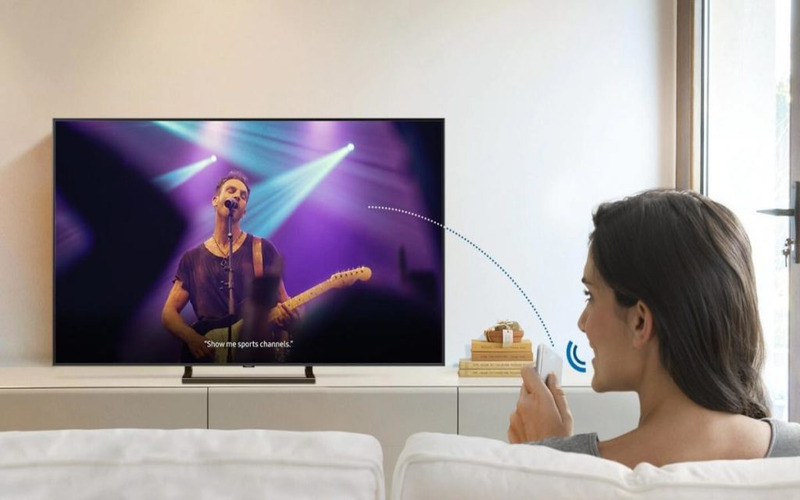
15. Smart Smoke Detectors: Install Smart Smoke Detectors That Can Send Alerts To Your Smartphone If Smoke Is Detected
When they detect smoke or fire, smart smoke detectors that are connected to your home’s Wi-Fi network can inform you via your Smartphone. Certain models even have the ability to distinguish between smoke from a fire and smoke from cooking, thereby lowering the incidence of false alarms. Other capabilities that smart smoke detectors can offer include voice warnings, emergency lighting, and connectivity with other smart home appliances like security cameras and smart locks. You may increase the safety of your house and feel more at ease knowing that you will be quickly informed of any fires by installing smart smoke detectors.
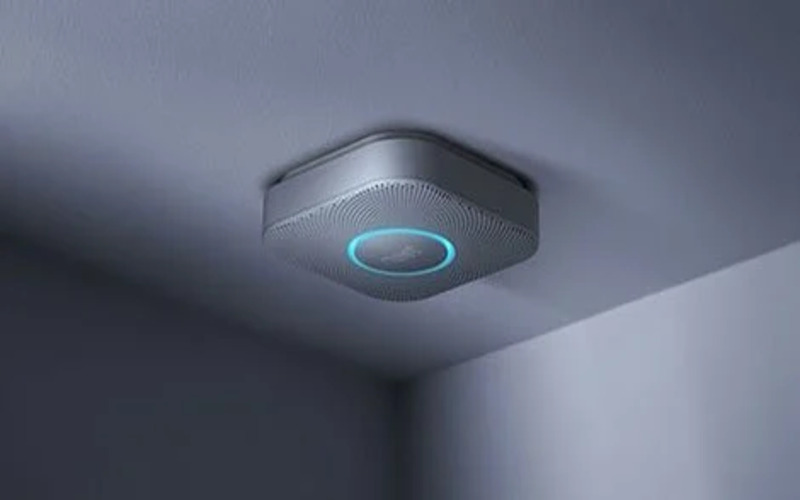
16. Automated Plant Care: Use Smart Plant Sensors That Can Monitor The Soil Moisture, Light Levels, And Other Factors, And Notify You When Your Plants Need Water Or Other Care
Smart plant sensors are used in automated plant care to keep track of things like soil moisture, temperature, and light levels. A Smartphone app that is connected to these sensors can alert users when their plants require watering or other maintenance. Some intelligent plant sensors can also offer information about the health of the plants and make recommendations for fixing any problems. This technique streamlines and simplifies plant maintenance, especially for people who have trouble keeping their plants alive. Users may make sure their plants are receiving the proper amount of care using automated plant care without having to check on them frequently.
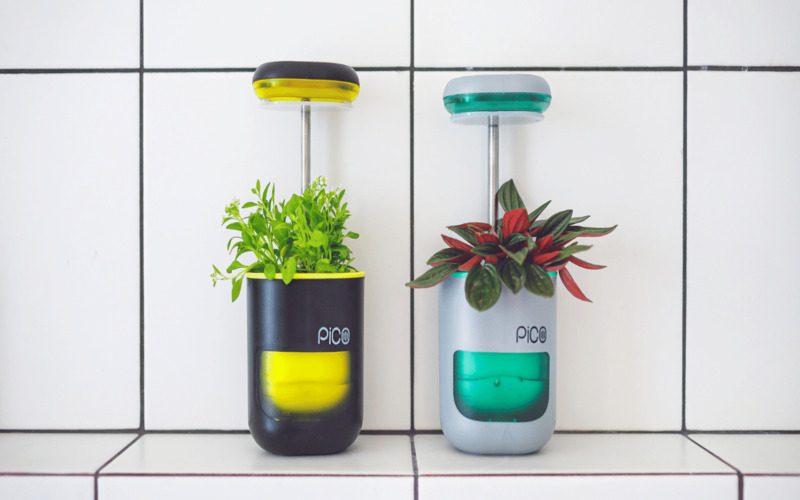
17. Smart Appliances: Use Smart Appliances Like Ovens, Refrigerators, And Washing Machines That Can Be Controlled Remotely And Provide Real-Time Status Updates
Smart appliances are household items designed to be internet-connected and may be controlled remotely via a Smartphone app or voice commands. The temperature of the oven or the length of time left in a washing machine cycle are just two examples of real-time status updates that some appliances can provide. By scheduling domestic chores to begin and end at specific times, users can better manage their time. Because of their comfort, energy efficiency, and ability to simplify daily duties, smart appliances are spreading more and more.
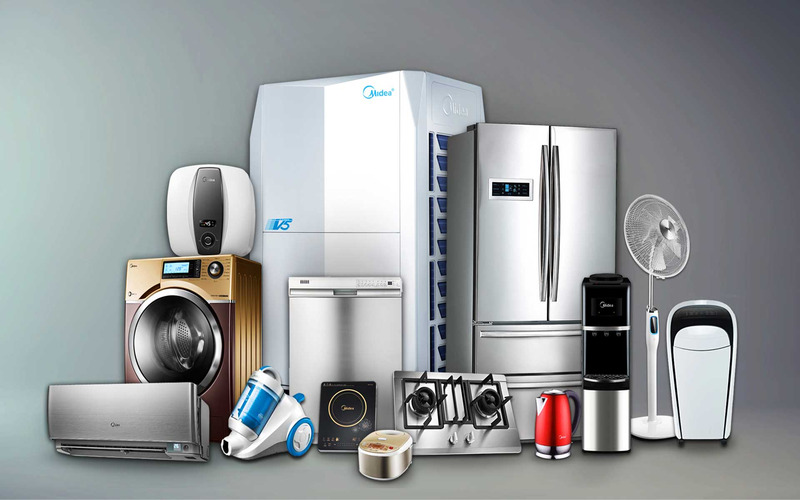
18. Automated Curtains: Use Motorized Curtains That Can Be Controlled Remotely Or Programmed To Open And Close At Specific Times
Automatic curtains are motorized drapes that can be programmed to open and close at predetermined intervals or controlled remotely. Due to their ability to be linked with other devices and be managed by Smartphone apps or voice commands, these curtains are a fantastic complement to home automation systems. Homeowners may simply control the lighting in their rooms, maintain their privacy, and regulate the temperature of their house with the help of automatic curtains. Automatic curtains can be made to fit any window size or shape and come in a wide range of styles and materials. They can be programmed to open and close at particular times to assist control a room’s temperature, which makes them also energy-efficient.
19. Smart Lighting Systems: Install Smart Lighting Systems That Can Be Controlled Using A Smartphone App, Voice Commands, Or Automated Routines
Smart lighting systems are a crucial component of home automation since they let you control the lighting in your house via a Smartphone app, voice commands, or pre-programmed routines. These devices can connect to your home network and be controlled from anywhere by using wireless technologies like Wi-Fi or Bluetooth. You may program smart lighting to automatically switch on and off, change the brightness and color of your lights, and create several lighting settings for various situations or moods. A more efficient and integrated home automation system can be made by combining smart lighting systems with other smart home accessories like motion sensors and smart thermostats.
20. Virtual Assistant Integrations: Use Virtual Assistants Like Siri, Google Assistant, or Alexa to Control Your Smart Home Devices Using Your Voice
Virtual assistant integrations” relate to the capability to voice-command a variety of smart home devices utilizing well-known virtual assistants like Siri, Google Assistant, or Alexa. You can control your lights, thermostats, locks, and other devices without a real remote control or a Smartphone app by connecting with these virtual assistants. By giving you remote access to your devices, these connections can improve the convenience of your home automation system. Also, they offer accessibility for those who would find it challenging to use commonplace remote controllers or apps, such as those with impairments or mobility concerns.

